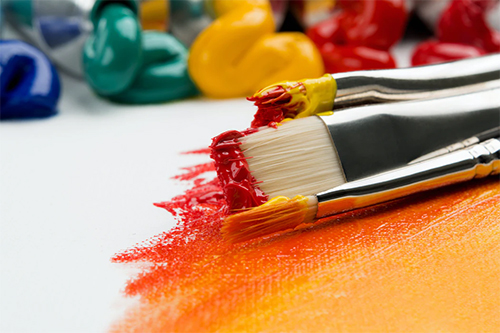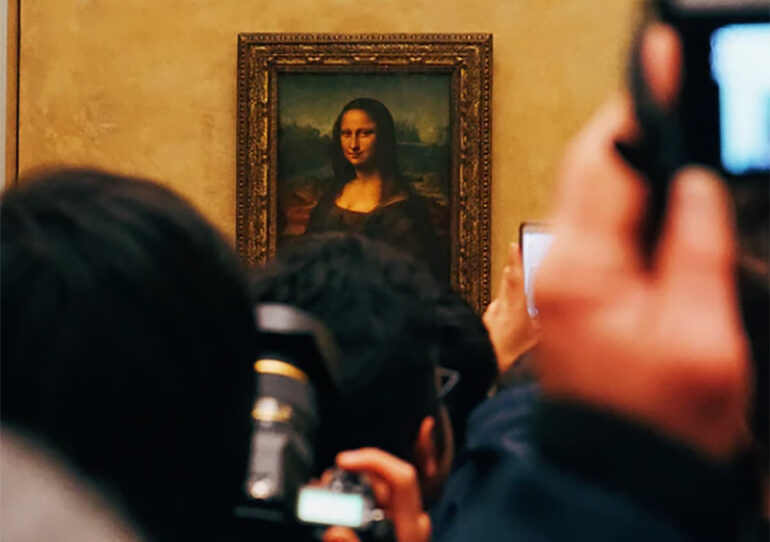Paintings that are hundreds – even thousands – of years old need meticulous care to preserve their quality, texture, sheen, and other characteristics for many more future generations. Art collectors, museums, galleries, and anyone who is in possession of priceless and old pieces of artwork have to keep their paintings preserved and restored if there are any damages caused by different factors.
What deteriorates a painting?

Firstly, it is essential to note that a painting does not only consist of any surface the artwork is painted on but other things as well, such as its wooden or metal frame. All aspects of an antique painting should be taken care of so they can last more years. Wood is a very durable material and can last thousands of years with proper care. Biological deterioration is when insects and fungi inhabit the wood and eventually break down its integrity. Heat and light also contribute to the decline of wood and other materials used in a painting. But nothing beats the abuse of humans when it comes to the deterioration of a portrait. The biological causes can be preventable.
Restoration versus preservation
Restoration is the repair of artwork to get it back to its undamaged and original appearance. Preservation, on the other hand, is the maintenance of a piece of art to prevent any damage in the future. Paintings need to be restored if they have been damaged by humans, such as what happened to an oil painting that cost more than a million dollars when a child slipped and punctured the painting. Another reason is when an ancient painting – take The Last Supper created in 1546 – used paint that did not last a long time. It needs to be constantly retouched to restore its original appearance.
Restoration process
The process of restoring a painting does not only involve getting into the work and repairing whatever is damaged. There are several steps to be undertaken.
- Analysis. The one who will work on the painting should have a knowledge of the age and style of the artwork. This know-how will help them determine what painting techniques to use, etc.
- Infrared imaging. It is used to assess how much paint is lost underneath a painting’s surface. It helps identify varnish layers and get rid of restoration methods that do more harm than good.
- Repair. This is where real work happens. After infrared imaging has determined the varnish layers, a varnish coat will then be applied to the original paint to distinguish the original from the old paint. This will also allow subsequent restorations and preservations to retain the original layer of paint.
A painting’s value can be significantly affected by flaws such as discoloration, chips in the paint, damage on the frame, and yellowing. Art enthusiasts who collect paintings worth a lot of money will shun away from paintings that have not been restored or preserved or those that have been. If a painting is restored and maintained the right way, its value will not diminish.
Photo Attribution:
1st and featured image from https://images.unsplash.com/photo-1516006747776-1be786d87e72?ixlib=rb-1.2.1&ixid=eyJhcHBfaWQiOjEyMDd9&auto=format&fit=crop&w=564&q=80
2nd image from https://images.unsplash.com/photo-1513364776144-60967b0f800f?ixlib=rb-1.2.1&ixid=eyJhcHBfaWQiOjEyMDd9&auto=format&fit=crop&w=1051&q=80
